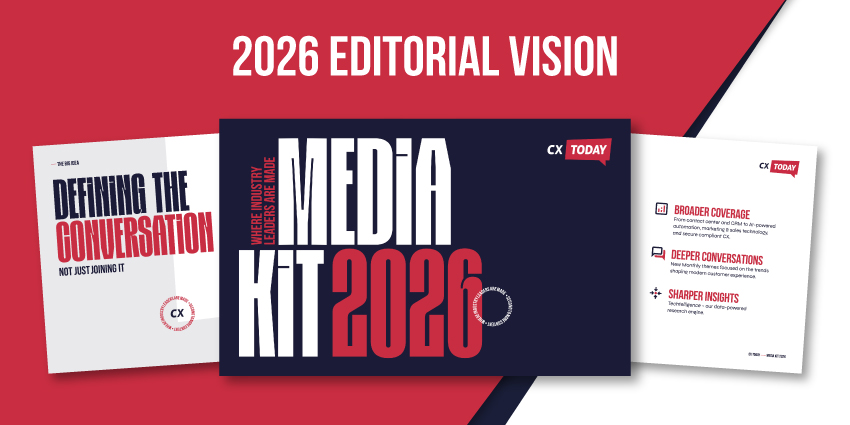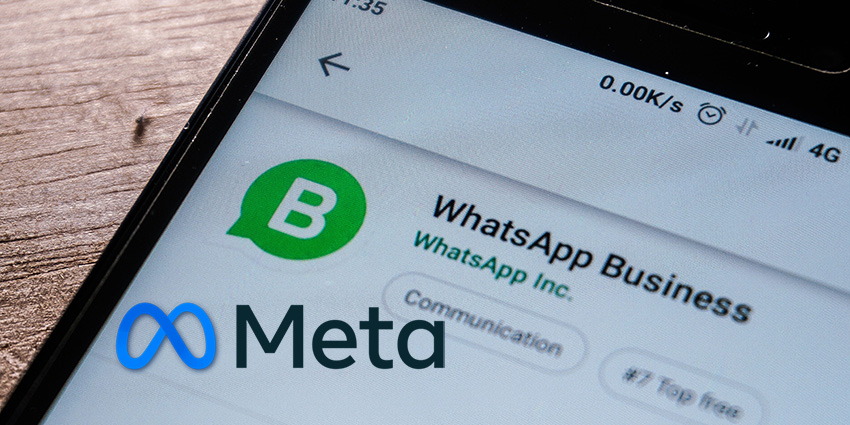First put forward by an organization called The Corporate Executive Board (CEB) in 2010, the customer effort score has become a stalwart CX metric.
The CEB ran a survey of over 75,000 customers using self-service or speaking to contact center agents. It found that customers wanted to solve their problems quickly and with as little effort as possible – more than they enjoyed moments of “wow”. These findings prompted the organization to conjure the customer effort score.
Defining the Customer Effort Score
The Customer effort score (CES) quantifies the ease of doing business with a company.
After the CEB came up with the customer effort score in 2010, it improved upon it in 2013, introducing the CES 2.0. In doing so, it created a CES starter kit that explained how high levels of effort erode customer loyalty. Meanwhile, contrary to popular belief, exceeding customer expectations during an experience improves loyalty only marginally.
These findings suggest that brands must measure effort across their customer journeys – whether in-store, in self-service portals, or on other support channels.
Gartner has since acquired the CEB, and the analyst firm’s research indicates that 94 percent of customers with low-effort interactions are likely to make another purchase. Comparatively, just 4 percent of those experiencing high levels of effort.
Customer Effort Score Formula
Most companies calculate customer effort through surveys. Such a survey includes only the one question:
“On a scale of one to seven – with one being extremely easy and seven extremely difficult – how easy have you found doing business with us?”
However, brands often tailor the question to assess effort at particular journey touchpoints. For example, contact centers may ask: “On a scale of one to seven, how easy did you find it to solve your query today?”
With such a question in mind, companies can calculate customer effort using the formula:

Sometimes, it is also helpful to calculate the number of high-effort interactions and the number of low-effort interactions to spot trends. The formula to calculate the percentage of high-effort customer experiences is:

Similarly, the formula to measure low-effort customer experiences is:

Ideally, companies will record a much higher percentage of low-effort experiences than those that are high-effort, ensuring better levels of customer loyalty.
Finally, instead of measuring effort through a score, companies can look for other indicators that do not require surveying customers. For instance, bounce rates between engagement channels, common complaint reasons, and low first contact resolution (FCR) rates are all sources that help identify unnecessary effort.
How to Calculate Customer Effort
To measure customer effort accurately via a survey, companies must take the following steps:
Step 1. Select the Right Moment to Measure CES
Decide the purpose of the CES. Is it to gauge effort across the entire journey? If so, the best move is perhaps to send the customer an SMS survey soon after their journey finishes.
Alternatively, the commerce team may want to get to grips with the effort of completing a digital buying journey. To do so, they may share a link to an online survey in the email signature of the confirmation email.
However, companies typically measure customer effort after a contact center interaction through a post-call SMS or email, passing the customer back to the IVR, or the agent asking the customer there and then.
The additional benefit of measuring effort in the contact center is that it is possible to split the CES across various customer journeys through ticket tagging.
Step 2. Design the CES Survey
Understanding where they want to measure CES and establishing why makes it easy for companies to create a CES question and determine the best way to survey customers.
Nevertheless, many businesses do choose to adjust the scale. So, while most choose to ask customers to score effort on a scale of one to seven, some opt for one to five or one to ten.
Meanwhile, some brands provide just three emojis representing a happy face, a neutral face, and an unhappy face, making the survey process more convenient and inspiring a higher response rate.
Step 3. Deploy the Survey and Assess the Results
An automated workflow – triggered when the customer reaches the desired touchpoint – will help send the survey to every customer without human intervention.
For instance, perhaps a company wishes to measure CES at the end of a customer conversation. The agent may hit a button on their desktop – following the interaction – that alerts the customer via an app, message, or email.
Ideally, these results will filter through into a system such as Tableau that allows the company to visualize the results and gain quick learnings.
Step 4. Make Improvements to Lower Effort
CES survey insights can reveal important insights that enable companies to spot and address pain points that hinder customer experiences.
Consider the contact center example again. By drilling down into the results, managers can identify which channels cause bottlenecks, which agents need training, and which journeys are the most effort-inducing.
Benefits of Measuring Customer Effort
There are several benefits organizations can unlock through measuring customer effort, including:
- Repeat Business – By focusing on customer effort optimization, organizations can improve engagement and increase the likelihood of customers making another purchase.
- Reduces Churn – Removing obstacles that make customers think twice about who they are doing business with lowers the chance of them switching to a competitor and increases loyalty.
- Avoids Dissatisfaction – Customers are expecting more and more thanks to the ease of CX leaders like Amazon. By measuring effort and locating pain points, companies avoid potential frictions and keep pace with CX disruptors.
All of these benefits result in increased revenues. Yet, there are a couple of pitfalls to avoid along the way.
For example, different companies may use alternative survey techniques and scales. As such, businesses must avoid fixating on benchmarking and only do so through reports with a transparent measuring methodology.
Also, it is critical to measure customer effort immediately at the desired touchpoint for the survey to be effective. Otherwise, the customer may move to the next touchpoint, where they feel differently.
Measure more critical CX metrics by reading our articles:
- How to Measure Customer Churn
- What is Net Promoter Score (NPS), and Should Contact Centres Measure it?
- What Is CSAT? Definition, Formula, and Benefits







